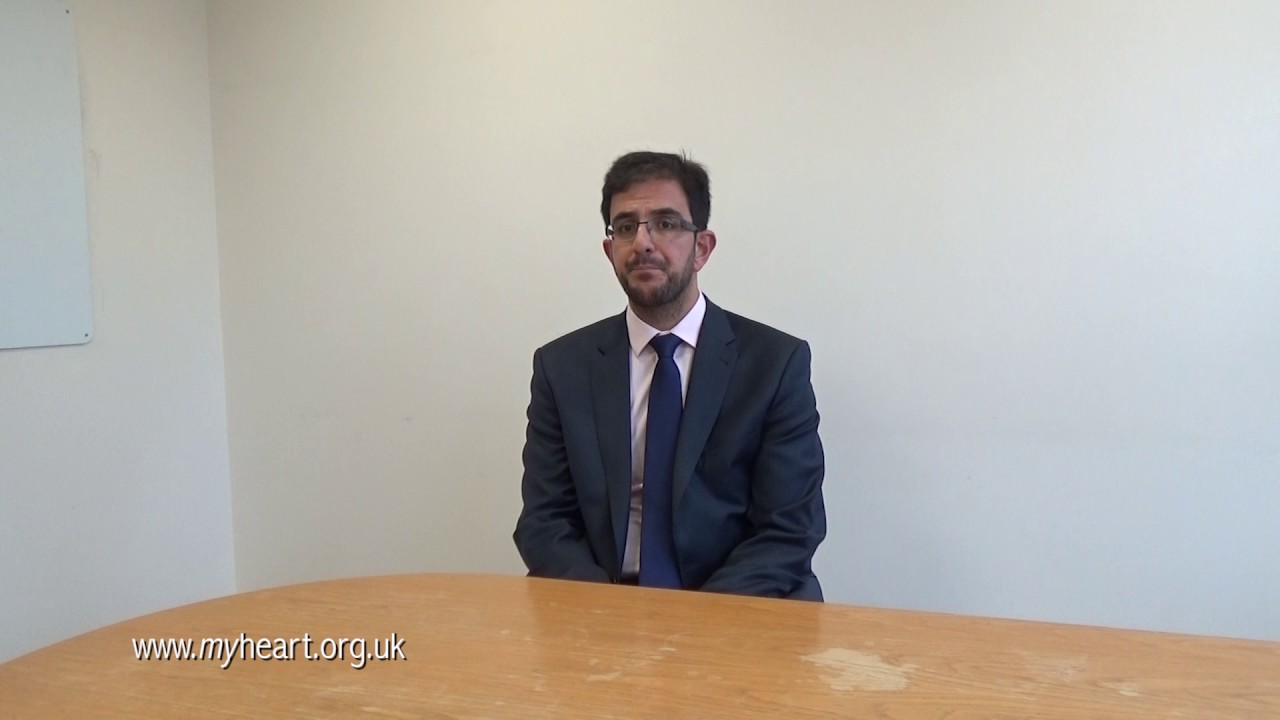
We recommend ICDs for individuals who are considered to be at high risk of experiencing an irregular heartbeat that may predispose them to fainting episodes or even to sudden cardiac death- in the more severe cases. So, usually, you will have been diagnosed with an inherited cardiac condition, your physician will have done a very detailed assessment, considered you to be at significant risk and proposed an ICD (or otherwise known as a defibrillator). There are indeed, two main types of intracardiac defibrillators -or ICDs- that someone can have. One of them is the conventional type, where your physician will make a small cut under your left or your right collarbone and then insert some wires into the heart, that are connected to a big battery that goes under the skin or under the muscle. We have been using those ICDs for a number of years, so we’ve got a pretty good idea as to what’s their advantages and disadvantages. The other, more novel, type of ICD that we’ve been using over the past decade or so, and we’re still improving on it, is what we call a subcutaneous ICD. The benefit of a subcutaneous ICD, is that you can place wires under the skin, so they don’t go into your bloodstream and they don’t go into your heart. So your physician will place a wire that comes under the skin at the front of your chest, and one that goes at the back of your chest, and then he will place the battery just under your armpit. Those [subcutaneous] ICDs can be very useful, particularly for young individuals that are likely to require an intracardiac defibrillator for many years to come. And they also offer the possibility of extracting the ICD- if necessary- without going into the heart because, occasionally, the intracardiac defibrillators can be associated with certain complications or even infections that no one can predict at the beginning. The disadvantage of a subcutaneous ICD is that it may not be recommended by your physician in case a pacemaker function is also required. To make that clear: what the device can do is, one, shock you out of an irregular and life-threatening heart rhythm, but it can also pace your heart if your heart rate goes too slow- which can be the case in certain conditions. Namely, some of the heart muscle diseases, or conditions like the Brugada syndrome. The other important point to make is that although all individuals can be considered for both types of intracardiac defibrillators, that needs to be assessed on a case-to-case basis. And even if the pacing function is not necessary to warrant an invasive ICD, you still need to go under- undergo, sorry- a very specific assessment by a specialist in electrophysiology, that will ensure that the subcutaneous ICD will suit your heart pacing in your particular heart.